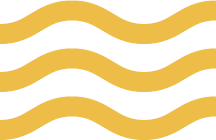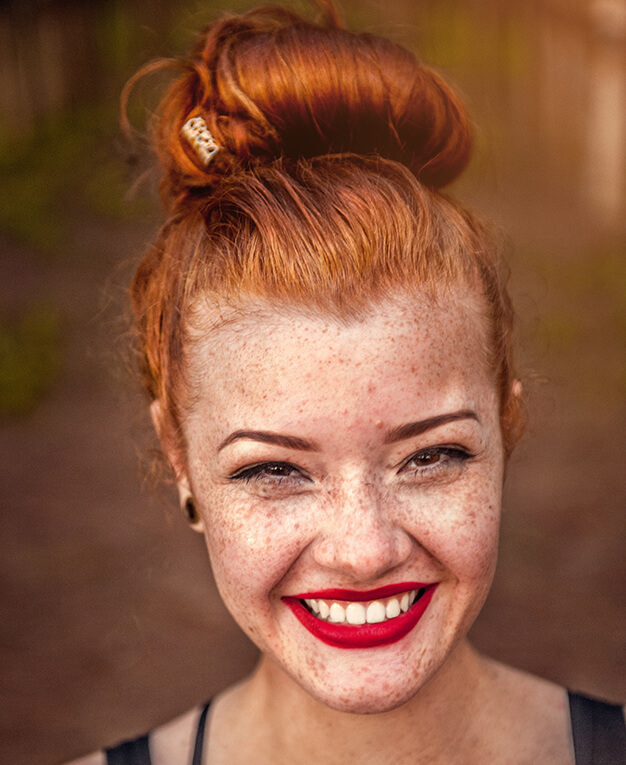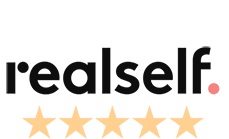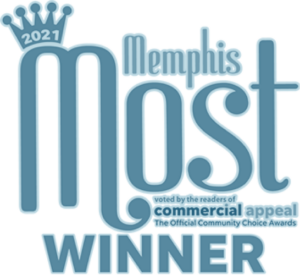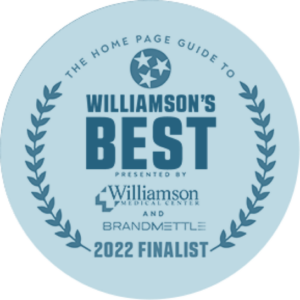Easy Face Rejuvenation with Injectables & Fillers
Injectables and fillers are FDA-approved medicines that are injected into the face for temporary rejuvenation. They are not permanent but can last up to 9 months.
An injectable wrinkle remover can smooth out moderate to severe frown lines on your forehead and upper part of the face. Dermal fillers are typically used in the lower part of the face to reduce deep lines around the mouth or to plump up the lips.
We carry all major filler and injectable brands and invite you to call us in Nashville or Memphis for an appointment.
